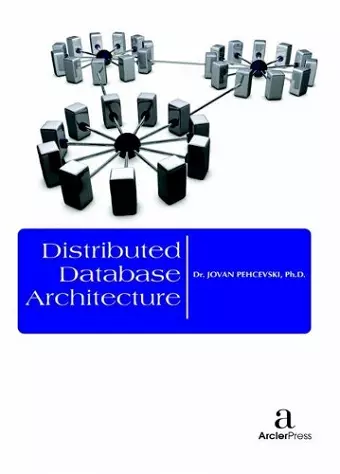Distributed Database Architecture
Format:Hardback
Publisher:Arcler Education Inc
Published:30th Nov '16
Should be back in stock very soon

In distributed systems, clients access data that is stored in multiple server locations. The computers in a distributed system are called points (sites, nodes) and they can have different purposes and/or roles. Computers communicate with each other via permanent or temporarily links. In distributed database architectures there is a distinction between local and global transactions: the former are transactions made on one computer, while the latter are transactions that access data on different computers.Several issues emerge when dealing with distributed data, which require different data management approaches. Some of these approaches deal with fragmentation, replication of data, data consistency by the ACID principle (atomicity, consistency, isolation, durability) and other issues. Transactions in a distributed data environment can be in one of the following states: begin transaction, read or write operation, commit or abort transaction, end transaction. The data must keep its consistency during and after the transaction execution, which means if a transaction is aborted, the rollback operation has to apply on the database to bring back the database to the last consistent state. Security of distributed database systems is of huge importance, since the threats to the data privacy and integrity, which are present in a regular environment (single database server), are now omnipresent when dealing with several different locations. Basic and extended security mechanisms are used by the distributed database systems to deal with these security threats. Many modern web applications are built on top of distributed database architectures. These include large banking databases, problem-solving architectures, and middleware components, among others. This edition consists of four sections and covers the following aspects of distributed database architectures: management of the distributed database, transactions and queries in a distributed database, security of a distributed database system and possible applications of distributed databases. Section 1 focuses on distributed database management, describing database fragmentation and allocation to improve the distributed database management, replication strategy for large-scale mobile distributed database systems, deferred constraints in distributed database systems, and concurrency control in mobile environments. Section 2 focuses on queries and transactions in a distributed environment, describing framework for optimization of distributed queries, dynamic management of transactions in distributed real-time processing systems, fuzzy logic based query optimization in a distributed database, commit protocols in mobile environments, as well as FP...
ISBN: 9781680944587
Dimensions: unknown
Weight: unknown
196 pages